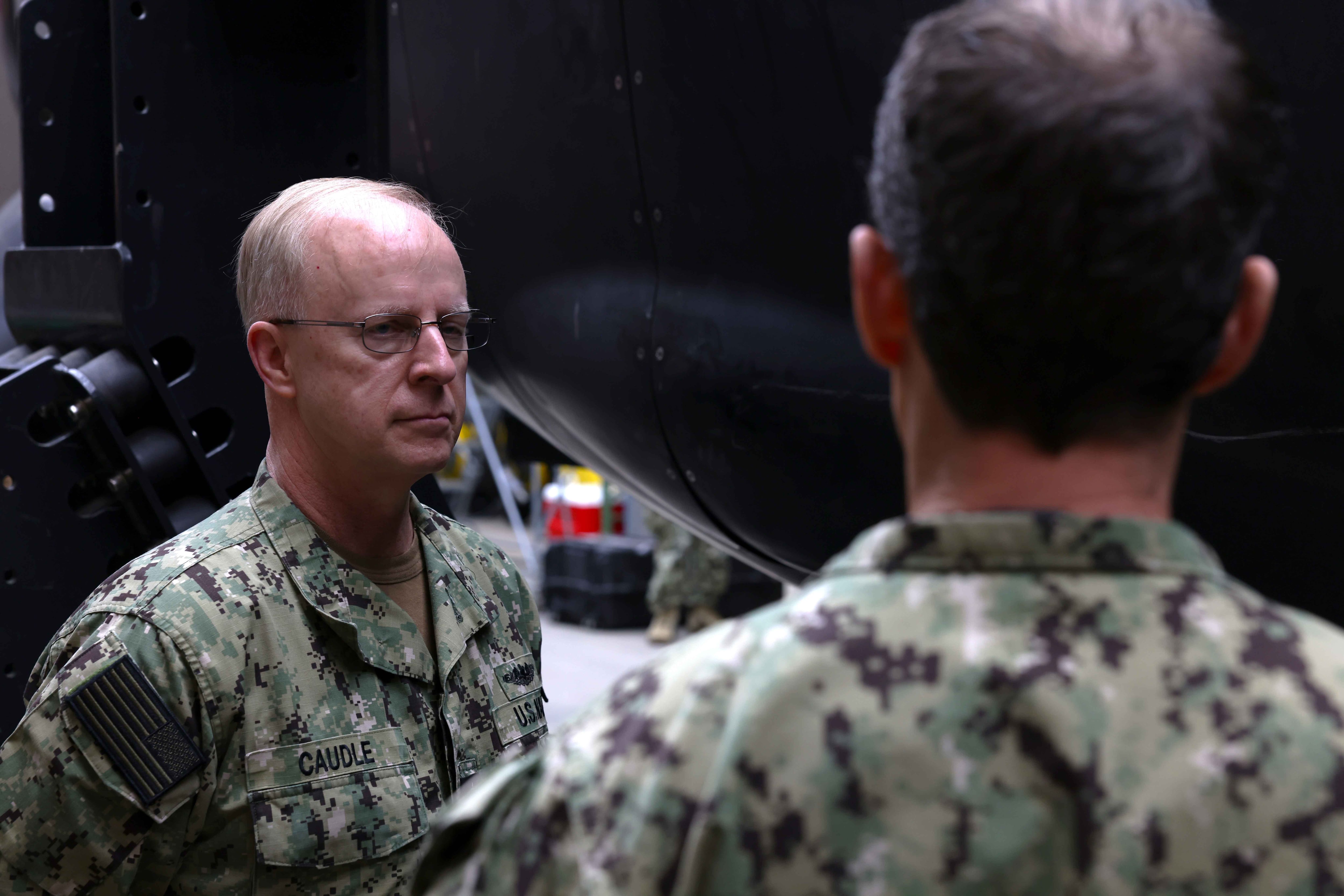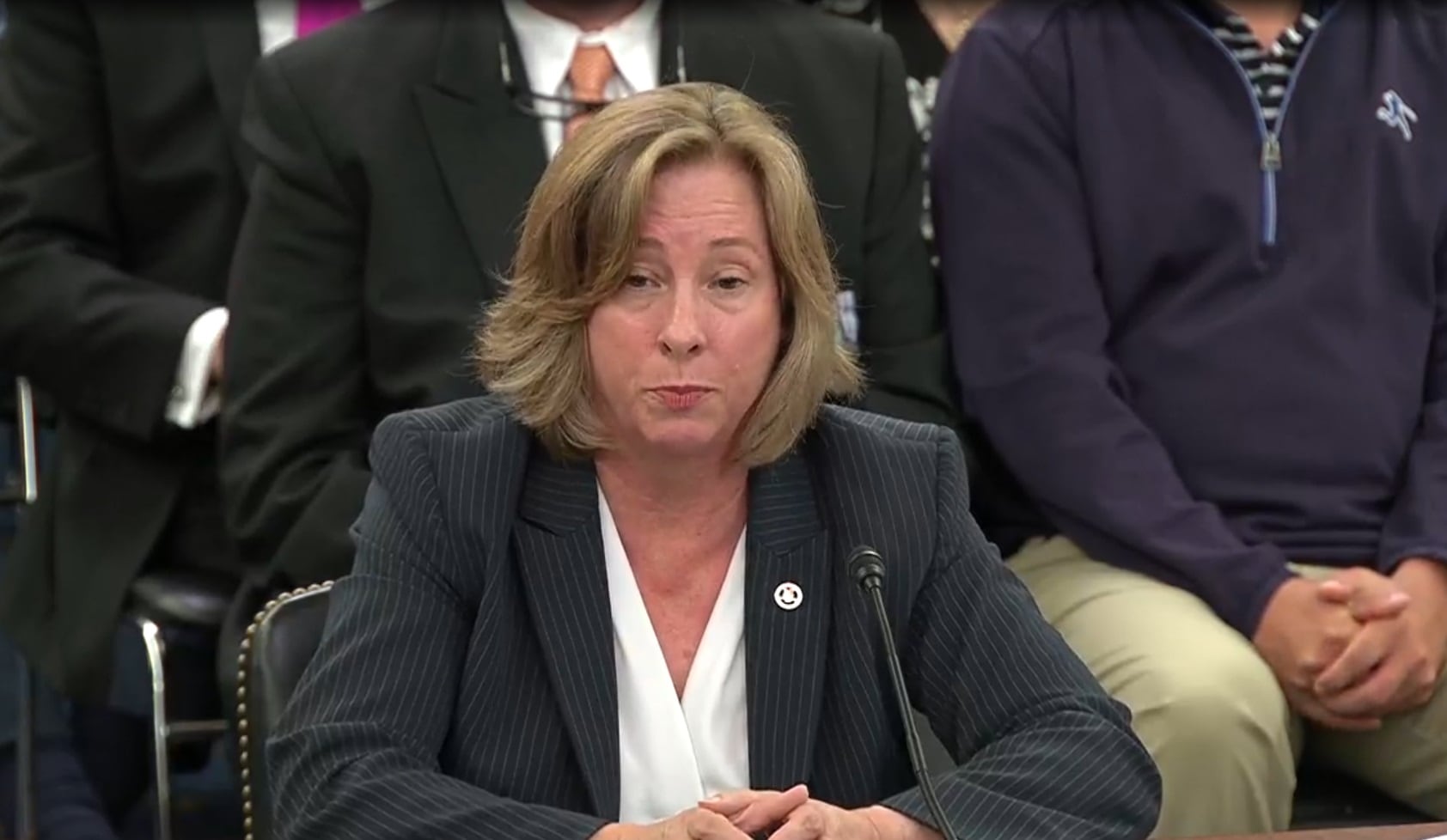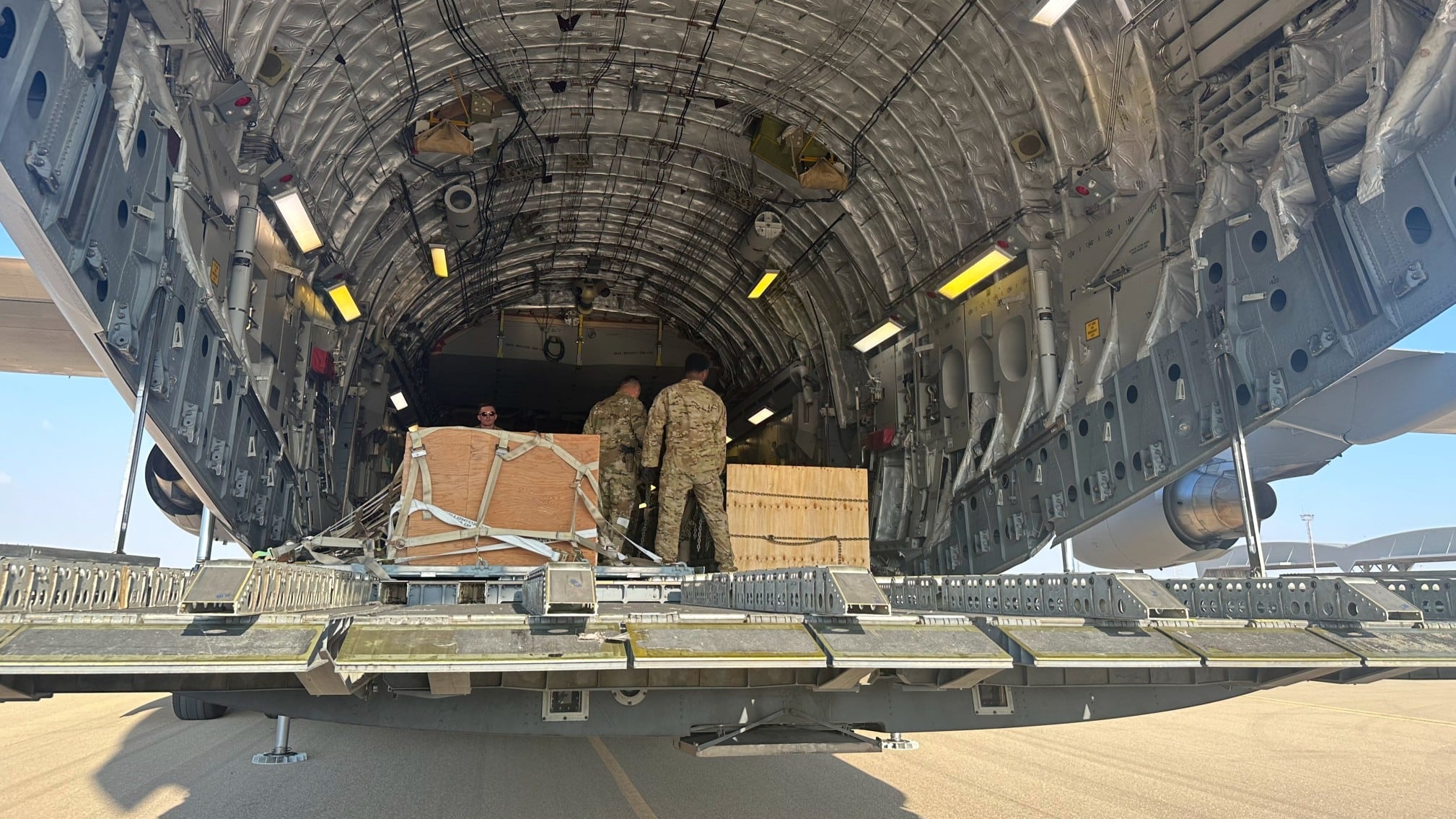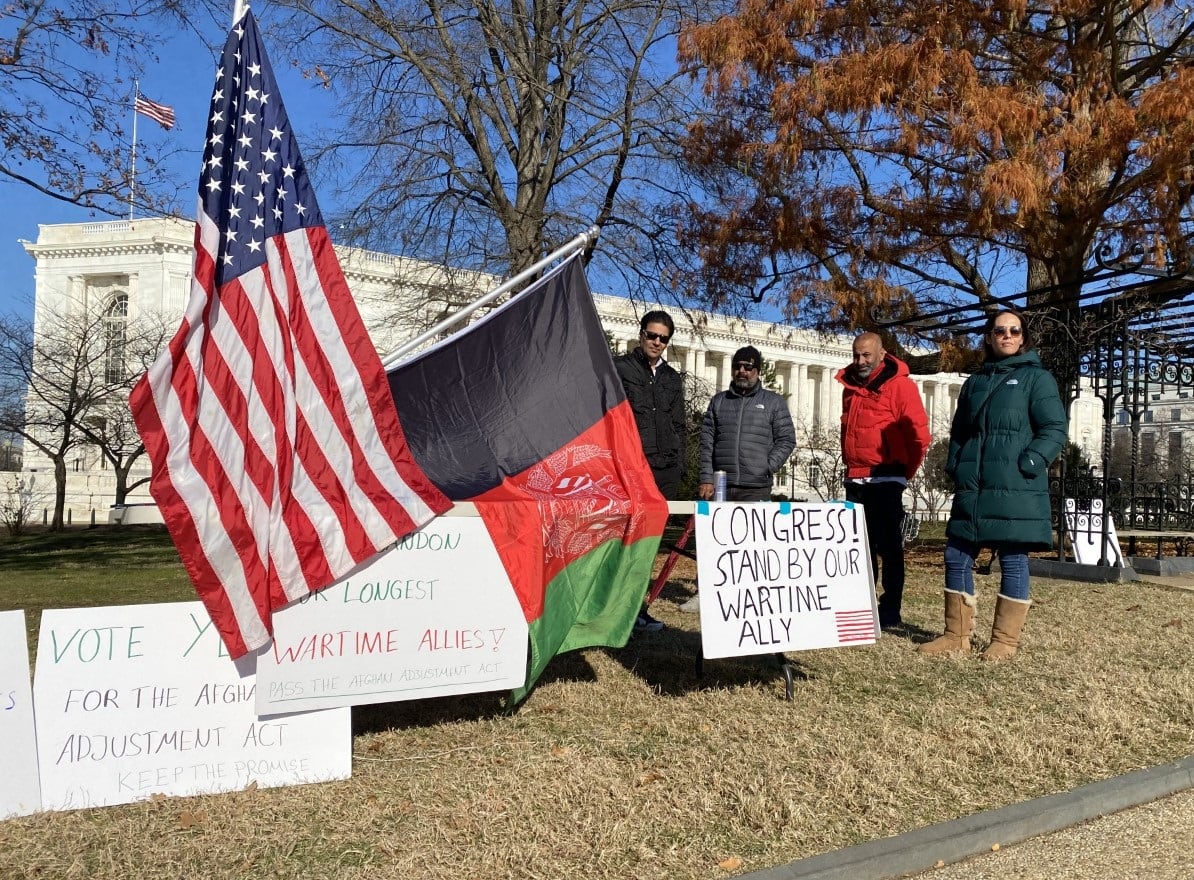In the 1920s a small company of Marines were the first to experiment with the novel vehicle at Quantico, Virginia, later taking it on a deployment to China.
Marines at Tarawa in the Pacific Ocean used tanks to shield them from withering machine gun fire. The tanks rumbled alongside Marines on treacherous, icy roads in Korea. The tank-infantry combo turned back the North Vietnamese at Huế City in the Vietnam War.
Waves of Marines in 1950s-era tanks took on Saddam Hussein’s fleets in the Persian Gulf War.
More than a decade later, the iron beasts would roll through the dusty, bomb-laden streets and byways of countless patrols and battles in the wars in Iraq and Afghanistan.
Though Marines, “have fought in every clime and place where we could take a gun,” they won’t be taking tanks with them anymore, at least not their own.
RELATED
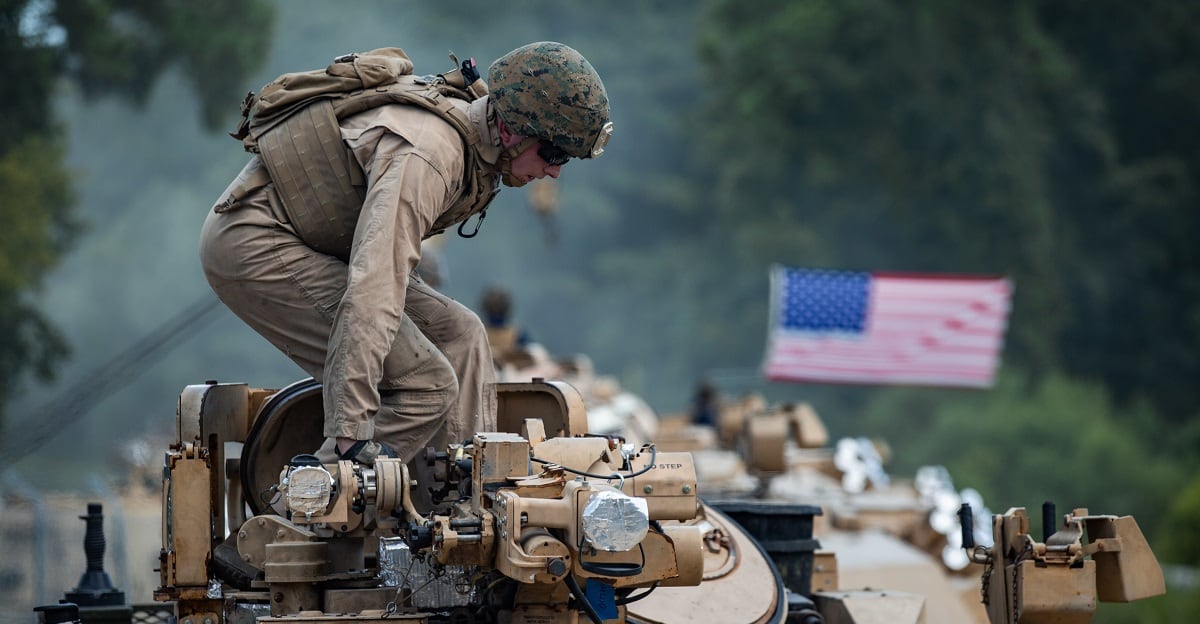
And that leaves current tankers to find work elsewhere, be it in Marine Corps blue, Army green or out of uniform altogether.
It doesn’t stop the veterans of those past and recent wars from swelling with pride for the role they played in the ground fight of the combined arms team many Marines have taken to battle over nearly 100 years.
‘Best days of my life’
Ed Gazel, 99, enlisted in the Marine Corps in October 1942 out of his home in Lincoln Park, Michigan, near Detroit.
By late November 1943, year he was with Charlie Company, I Corps Medium Tank Battalion, in the waters off of Tarawa in a Higgins boat headed to the first amphibious assault of the island, held by Japanese military forces.
Their job was to protect the tanks from enemy fire as they landed on the beach. But their own boat got caught on the reef.
“Thirty-five guys started walking, only about 10 of us made it to the beach,” Gazel told Marine Corps Times.
He recalled nearly 300 Marine infantrymen stranded at the reef, bracing at enemy fire. But the tanks broke the stalemate, rolling over the reef and firing, pushing the assault forward.
“They’re the ones to turn the tide at Tarawa,” Gazel said. “They did a lot of damage with the 75 mm guns on the machine gun nests.”
The company brought 14 tanks to the fight, only two survived the assault. They would be resupplied and head to Saipan and later Tinian before they made it to Okinawa, Japan, in the final stages of the war.
Former Staff Sgt. Max Lopez-Gonzalez served from 2005-2012, nearly all that time with 1st Tank Battalion at Twentynine Palms, California.
“I love the tank,” he said. “It was the best job I ever had.”
Lopez-Gonzalez ended his Marine career as an instructor at the Armor School at Fort Benning, Georgia, later working as a civilian contractor with the school.
Commandant Gen. David Berger and others have pointed to the Army’s 16 Armored Brigade Combat Teams as a potential support to call on for armor, should Marines need that in a future fight.
But Lopez-Gonzalez wasn’t so certain that could be accomplished on short notice.
Alone in urban terrain, tanks or infantry are quite vulnerable, he said, but together they’re a hard force to stop.
“I don’t care who you are, you see a tank coming down the road, you’re scared,” he said.
But that takes a lot of training, which he saw both operationally before and during his three deployments to Iraq and also while training new tankers and tank officers at the school.
The Marines, being a much smaller contingent at the school, got a lot more hands-on training on the tank. First Tank Battalion, stationed at the Marine Corps Air Ground Combat Center in California, easily got the most rotations in field training with infantry Marines rotating through the site.
That made for a cohesive team, he said.
Fellow 1st Tank Battalion veteran, former Sgt. Jon Rush, who served with the unit from 2003–2007, told Marine Corps Times that, based on his experience, Marine infantry will be quite vulnerable without armor to have their backs.
“Being able to make holes for (grunts), have a long eye down a street as they searched, or on very crazy and often times sad circumstances, lay down fire with hate and discontent so they could rescue a downed Marine is something that we will never forget,” Rush said.
As of late September 2020, Stars and Stripes reported that 130 of the 820 tank MOS Marines in the ranks had opted to switch to a new specialty, 46 requested transfer to another service and six had chosen early retirement.
Likely 39 of those transferring were the reservists from the Company C, 4th Tank Battalion, 4th Marine Division, who left the Corps in September 2020 to join the Idaho Army National Guard to remain in a tank unit.
In December 2020, the Marine Corps issued an official message allowing both enlisted and officers in tank jobs to end their contracts one year early. The Corps is trimming other job fields as part of force restructuring and expects to have 5,000 fewer Marines in the next year and be down by about 12,000 to a total of 174,000 by 2030.
Lopez-Gonzalez looked back on his time in the tank community fondly. His deployments early in the Iraq War were very active, lots of missions, lots of contact, something subsequent tanks Marines didn’t get and now will be lost on those who joined in recent years only to have to switch jobs or leave the Corps.
“I feel bad for the guys, the private who never got to sit in that gunner’s hole on a mission,” he said. “There were days I shot 80 main gun rounds. And those were some of the best days of my life.”
Todd South has written about crime, courts, government and the military for multiple publications since 2004 and was named a 2014 Pulitzer finalist for a co-written project on witness intimidation. Todd is a Marine veteran of the Iraq War.

